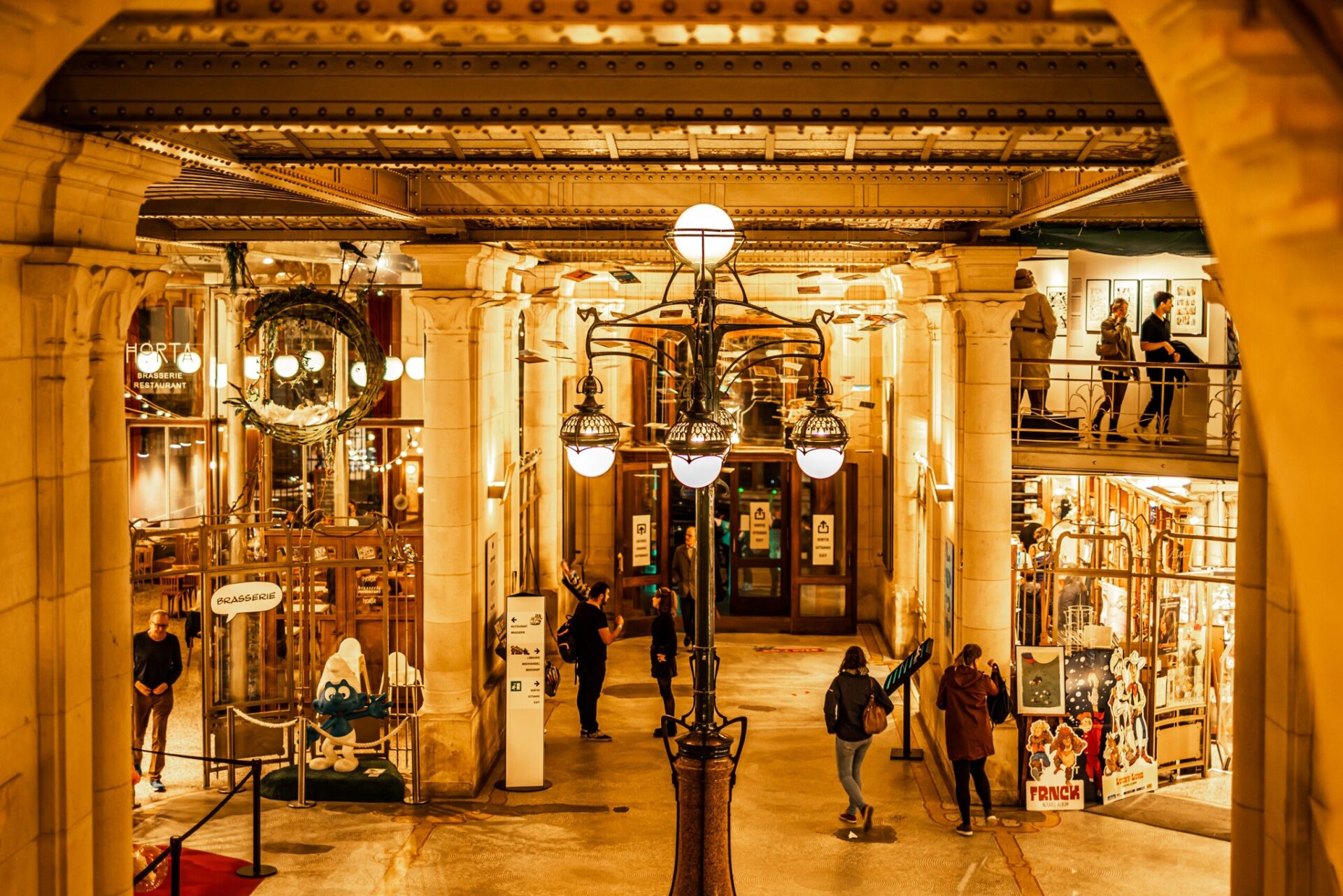The Comic Arts Museum is one of the most popular attractions in Brussels, drawing in over 260,000 visitors per year, but its appeal is not solely down to its showcasing of the ninth art.
It is also due to its setting. The museum is housed in a magnificent Victor Horta-designed Art Nouveau building.
Originally opened in 1906 as a Waucquez fabric warehouse, closed 70 years later and was threatened with demolition before an energetic campaign led by one of Horta’s students resulted in landmark status for the building. Ten years later a plan was hatched with the twofold aim to promote comic strips and to maintain the architectural integrity of the building, which would lead to the creation of the Belgian Comic Strip Centre, the non-profit entity behind the museum.
Art Nouveau is the ideal partner for Belgian comic book arts, Museum Director Isabelle Debekker says. “It’s a perfect marriage because it unites two very distinctively Belgian features,” she says. “We can even see a historical connection between Art Nouveau and comic arts in the Little Nemo comic strip which is of the period and has an Art Nouveau aesthetic.”
Horta himself was a master at using both the traditional and the new techniques to bring light into his buildings through large roof skylights and façades as well as stained glass panels. That was particularly the case with this building, where the skylights enabled Waucquez clients to see the fabrics on sale in natural light.
However, these light-bathed spaces present difficulties for a museum. “It’s complicated because Horta’s design brings plentiful natural light into the whole building, but our historic paper display objects are extremely light sensitive,” says Debekker. “This match is a joy for the visitor as it shows off the objects beautifully. But the logistics can turn my hair grey.”

